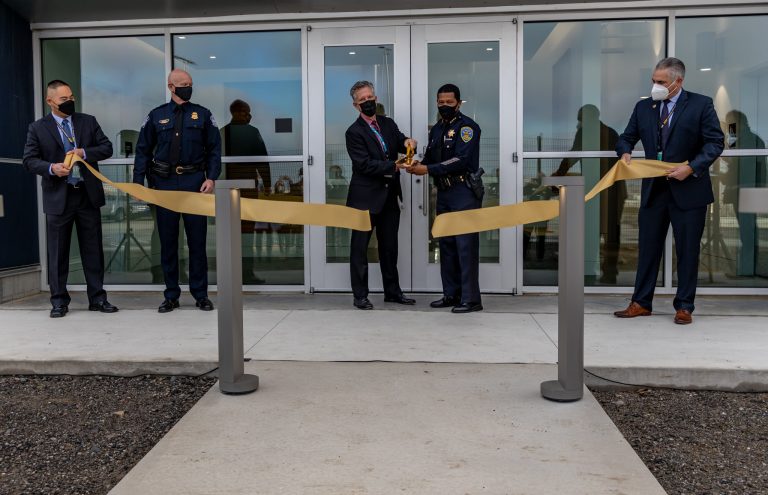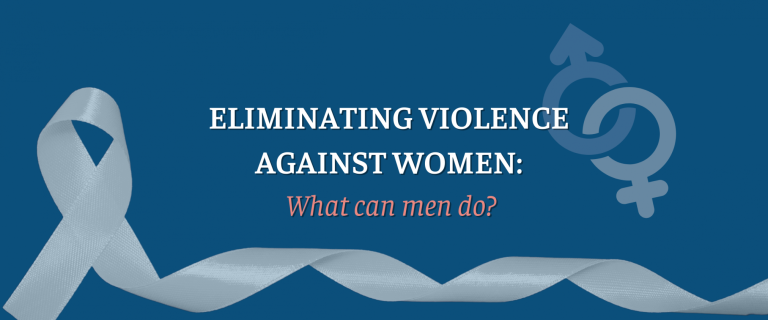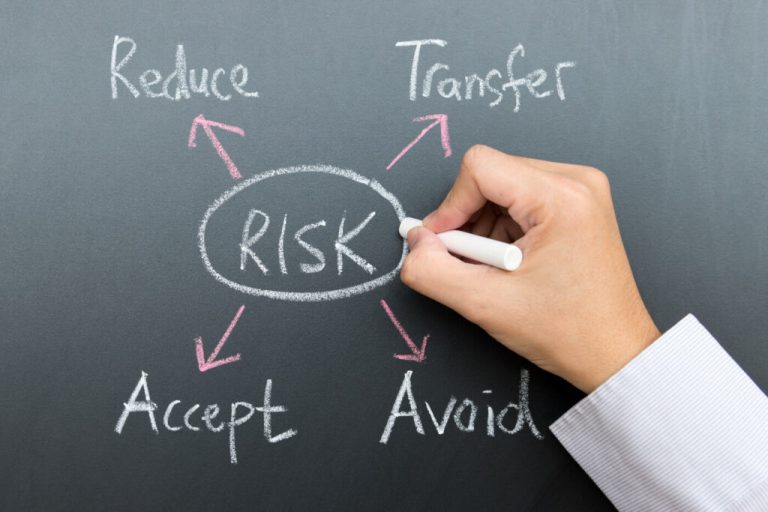Terrorism encompasses a range of complex threats: organized terrorism in conflict zones, foreign terrorist fighters, radicalized ‘lone wolves’, and attacks using chemical, biological, radiological, nuclear and explosive materials.
Terrorist networks
Terrorist groups incite individuals, often young people, to leave their communities across the world and travel to conflict zones, primarily in Iraq and Syria and increasingly in Libya. The way recruits are targeted and radicalized has shifted, with a greater focus on social media and other digital channels.
Biometric data is of increasing importance in identifying foreign terrorist fighters and preventing them from crossing borders, while we also promote the exchange of battlefield data between the military and police.
Through IFIA, through the world’s police can share intelligence and alerts on transnational terrorist networks, to better understand their methods, motives and financing and – ultimately – to identify and arrest suspects.
CBRNE
Terrorist attacks using CBRNE materials − chemical, biological, radiological, nuclear and explosives – could have catastrophic consequences on communities and infrastructure.
We support our member countries in preventing, preparing for and responding to such an attack. This means putting in place prevention and response mechanisms, coordinated among the agencies concerned, including police, customs, border controls, public health professionals, the military, intelligence services and environmental management.
We do this in three ways: through information sharing and intelligence analysis, capacity building and training, and operational support.
These activities support UN Security Council Resolution 1540 (2004) which recognizes border controls and law enforcement efforts as central to countering the proliferation of chemical, biological and nuclear weapons and their misuse by non-state actors.






